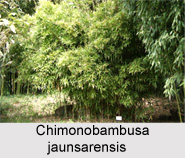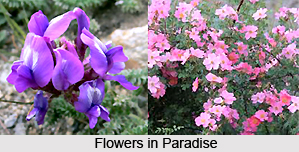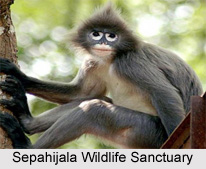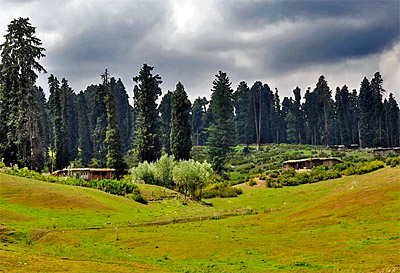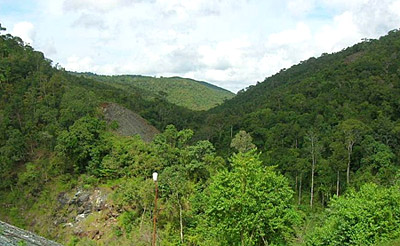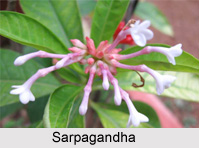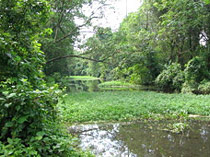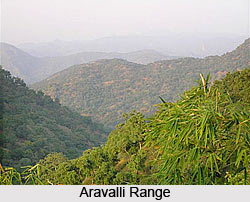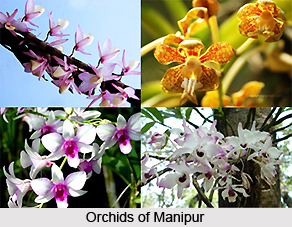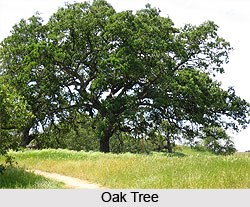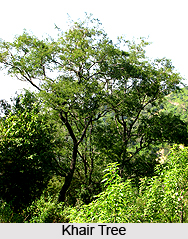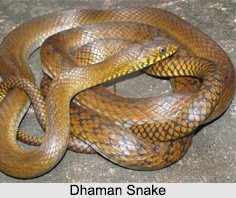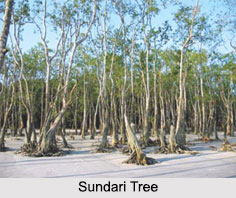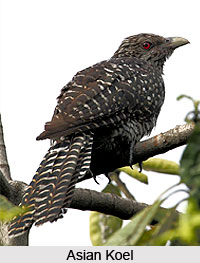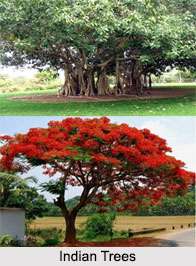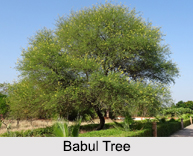 The Indian Subcontinent provides suitable habitats to various species of birds for residing and nesting. Coucals are no exception in this regard. Greater Coucal, Andaman Coucal and Lesser Coucal are the three coucals which have been recorded in India. They belong to the kingdom, Animalia; phylum, Chordata; class, Aves; order, Cuculiformes; family, Cuculidae; and genus, Centropus. These coucals are described below.
The Indian Subcontinent provides suitable habitats to various species of birds for residing and nesting. Coucals are no exception in this regard. Greater Coucal, Andaman Coucal and Lesser Coucal are the three coucals which have been recorded in India. They belong to the kingdom, Animalia; phylum, Chordata; class, Aves; order, Cuculiformes; family, Cuculidae; and genus, Centropus. These coucals are described below.
Greater Coucal
Greater Coucal has a black head and ruby red eyes. It has chestnut brown back and wings. The upper mantle and underside are black glossed with purple. The bird is devoid of the pale shaft streaks on the coverts. If the bird is duller black with spots on the crown and there are whitish bars on the underside and tail, it is then identified as a juvenile. Race parroti and race intermedius are the nominate races of Greater Coucal found in India. Race parroti of southern India has a black-colored head and more brownish forehead, face and throat. Its underparts are blue glossed. If the bird is unmarked dull black on the underside and much darker, dusky chestnut on the wings, it is then identified as a juvenile of race parroti. Females of the race parroti develop dusky or sooty wing coverts between November and January.
Andaman Coucal
Andaman Coucal is found in the Andamans. This is a fawn brown bird, which has pale tawny brown head and pale brown iris. The rear mantle and wings are chestnut in appearance. Color gradation takes place from the mantle and breast (pale brown) to the belly and vent (dark brown). The tail is a pale brown at the base and changes to dark violet-brown towards the tip. Noticeable black shafts are present on the tail feathers of the bird. If the bird has slight barring on the body, especially on the underside, it is then identified as a juvenile. The male Andaman Coucal is about 380-400 mm (12.6-15.7 inches), whereas the female has a length of about 400-420 mm.
Lesser Coucal
Lesser Coucal is a blackish bird with a long tail and rufous wings. This bird has a short bill and a very long hind claw, which is the longest within the genus. This bird maintains two plumages namely, a breeding plumage and a non-breeding plumage. In the former plumage, the head and upper back are glossy with dark shafts to the feather. In the non-breeding plumage, the feather shafts on the head and back are whitish. Non-breeding plumage is termed as duller. If the bird has black spots, bars and a browner color, it is then identified as a juvenile.
